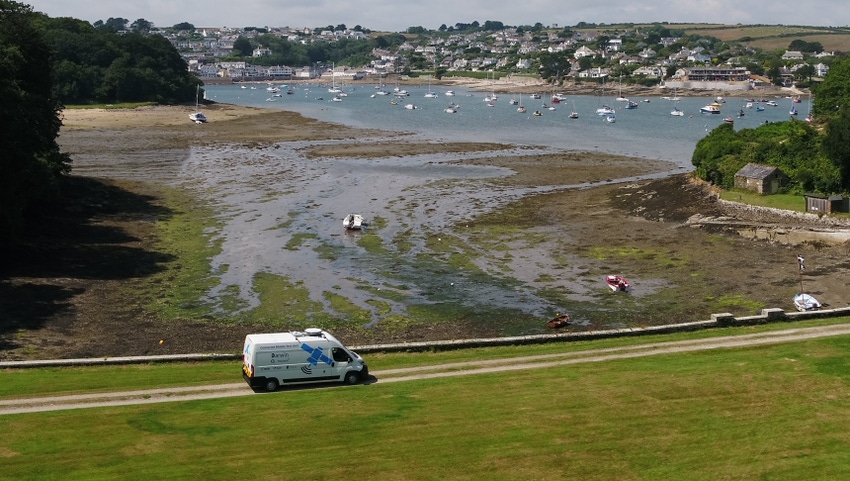Virgin Media O2 part of consortium testing ubiquitous coverage in Cornwall
Darwin Innovation Group, Virgin Media O2, Amazon Web Services and others are trying out a technology that instantly switches between 5G and satellite connectivity.
July 20, 2021

Darwin Innovation Group, Virgin Media O2, Amazon Web Services and others are trying out a technology that instantly switches between 5G and satellite connectivity.
The core tech is being championed by Darwin Innovation Group, which emerged last October with a bit of help from O2 and some satellite interests. The primary use-case for this ubiquitous coverage technology is the connected and autonomous vehicle (CAV) space, which puts a premium on eradicating notspots for the obvious reasons.
The above companies and a few European satellite agencies have been larking about in sunny Cornwall recently, where coverage can be patchy, to put this tech to the test. The ultimate aim is to produce a Darwin device that can be flogged to car companies that want to ensure their cars are never untethered from the network. It might also interest emergency services and other industries seeking to remotely control their devices.
“This is such a great moment for the project,” said Rodrigo Barreto, Enterprise Architect at Darwin. “After months of researching, developing, building and testing the minimum viable product, we are showing what Darwin’s mobility solution is capable of, with the beautiful scenery of Cornwall as the background.
“We are very excited to trial these technologies in a very challenging environment,” said Sergio Budkin, Director of Market Development at Virgin Media O2. “We have been supporting Darwin R&D with the European Space Agency to bring this technology to market and we are very confident that it will provide UK companies with a technological advantage to reshape the way in which they create value.”
There doesn’t seem to be any mention of LEO satellite specialists, such as OneWeb, at this stage, suggesting the fallback option is old-school satellite connectivity. Given the increased latency that entails it’s not clear how useful it would be for fully autonomous vehicles, but we’re still a way from seeing those in the wild. Furthermore, you would expect this technology to be easily applicable to LEOs anyway, so it’s worth keeping an eye on.
About the Author(s)
You May Also Like











_1.jpg?width=300&auto=webp&quality=80&disable=upscale)


.png?width=800&auto=webp&quality=80&disable=upscale)